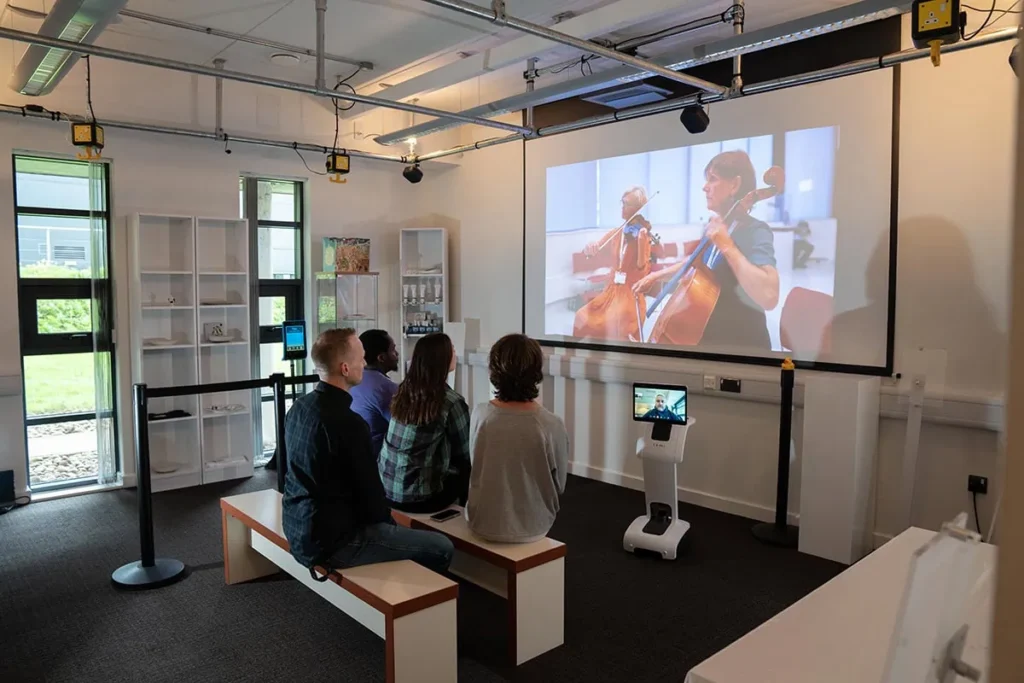About the space
Based in the University of Nottingham, the Cobot Maker Space supports the exploration, research and design of human-robot interaction.
The Space
The Cobot Maker Space offers a reconfigurable environment suitable for research, knowledge exchange and engagement with stakeholders from academia, industry, government and the third sector. The facility offers robots and equipment and is supported by interdisciplinary teams of researchers and academics. It provides space to investigate new opportunities for collaboration with national research and innovation programmes exploring AI, personalised health and social care and next-generation robotics.
The Lab Space offers flexible space to assemble, trial and research ideas and is fitted with biometric sensors, data processing facilities and recording equipment for instant switching between making and researching.
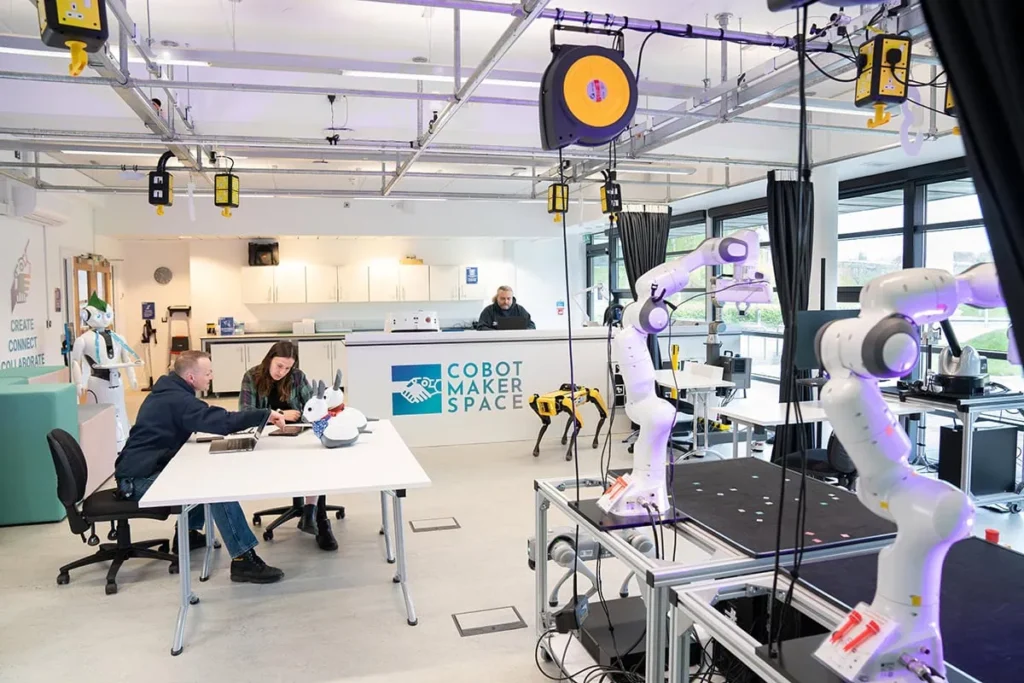
The Workshop area is equipped with a range of tools and a 3D printer to support rapid prototyping.
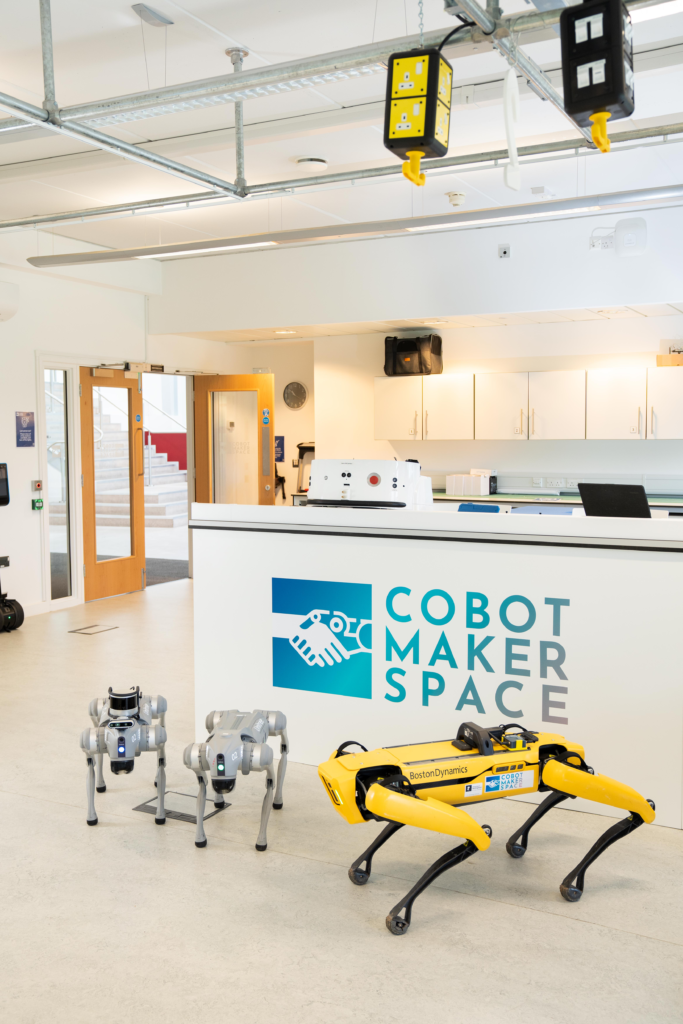
The Living Space resembles the appearance of an office or living room and allows people to test both their ideas and products in an everyday environment.
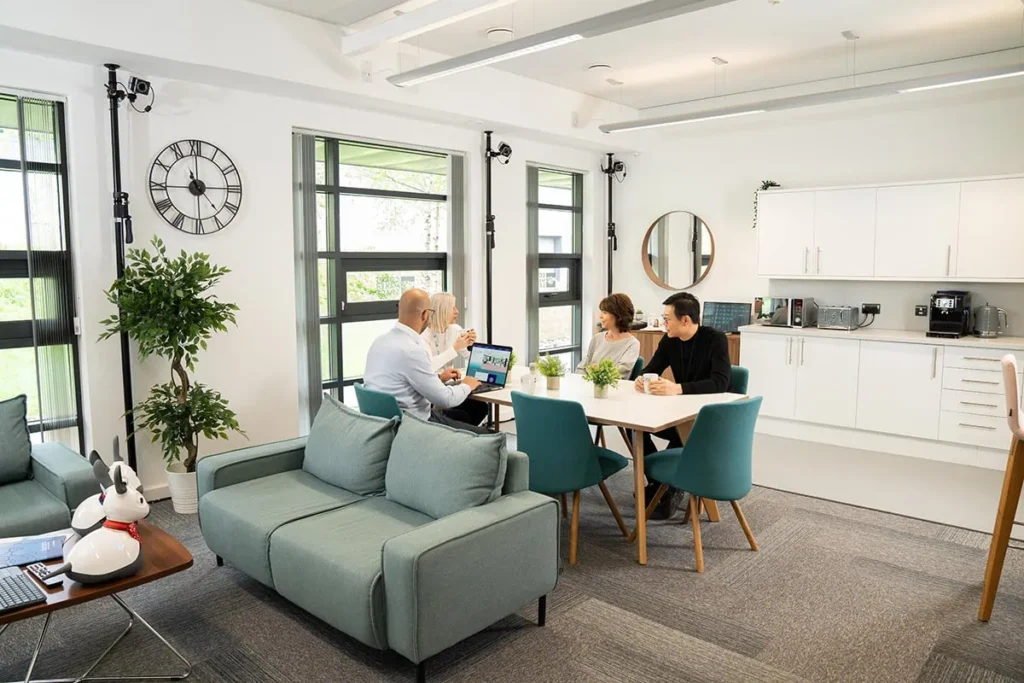
The Care Room is set up as a hospital ward bay and contains an adjustable bed and accessible ceiling track hoist, along with other items you would expect to find in a hospital environment
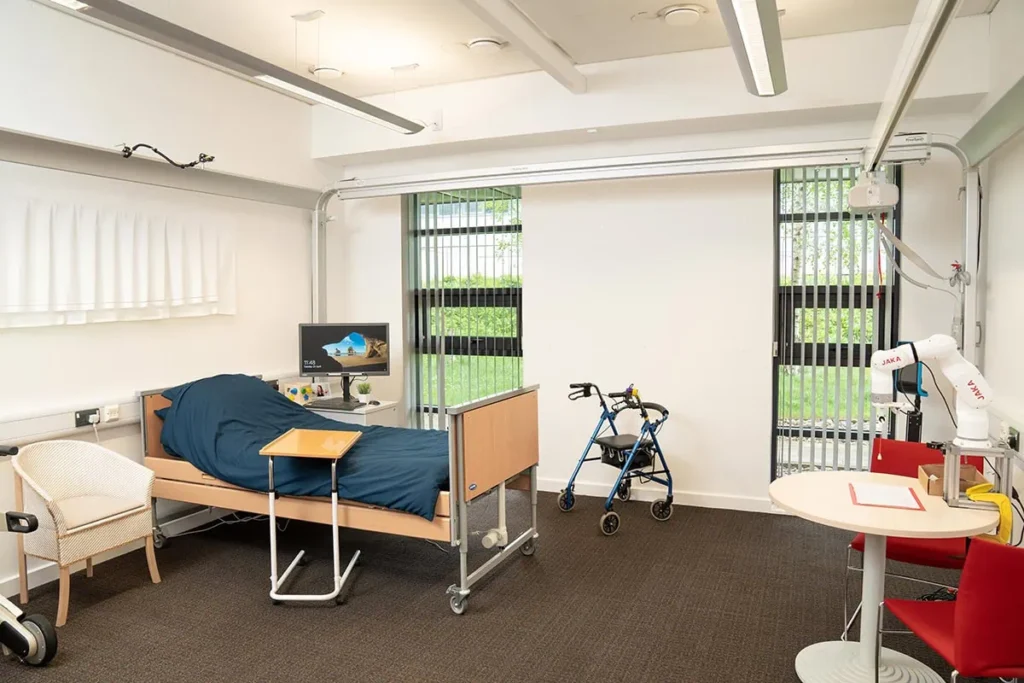
The Museum Room provides a library of museum style furniture and audio-visual equipment enabling users to move around and customise the environment.
